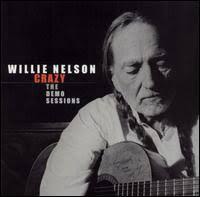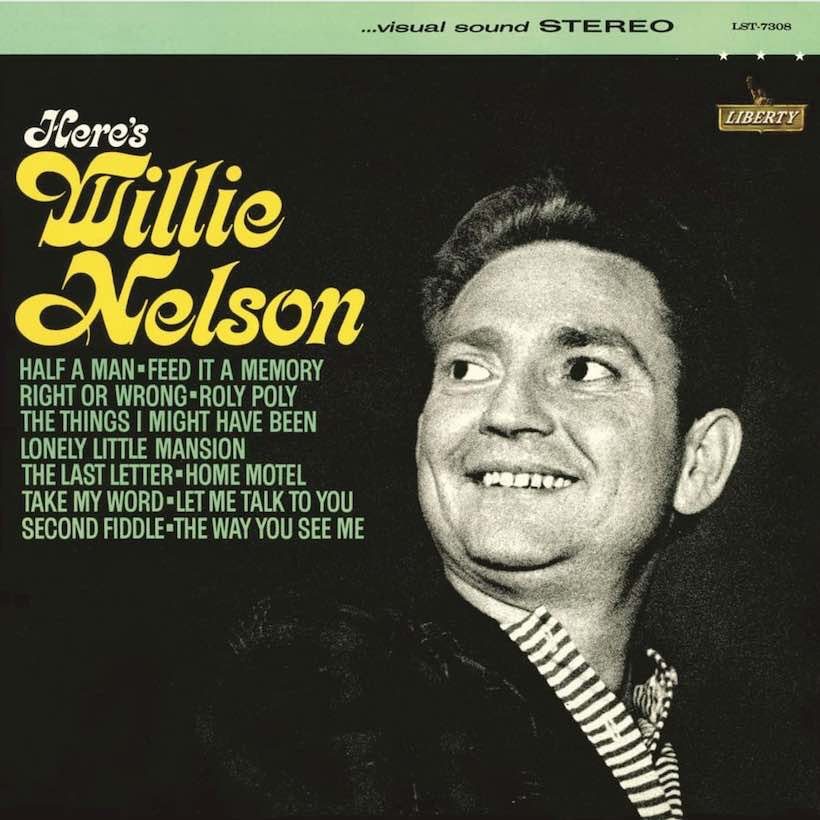The world is full of miracles. One of them is how Willie Nelson survived Nashville.
America’s greatest country music singer and songwriter moved to Nashville in 1960.
He was 28-years-old had several children, a fiery wife who would beat him sometimes (Nelson always said he deserved it) and a work history that included DJ, band leader and door to door salesman of both vacuum cleaners and encyclopedias.
He also walked in the door with demos of several songs that would go on to be eternal classics. Nelson tried to sell Crazy, Family Bible and Night Life around town for several months with no luck.
Important lesson for any of you deeply involved and struggling in a creative field; sometimes the world is wrong.
Anyway, Nelson’s friends and supporters got him and his songs in front of the right people and eventually he got the money and songwriting success he craved.
Willie’s probably still getting royalties from Patsy Cline’s rendition of Crazy.
Despite the money and the recognition Nelson was not even close to satisfied.
So he signed with a Nashville label believing that these cats, the leaders of the most successful music machine in the world, could make him a successful singer.
Now, in this part of the story everyone who talks about it casts the Nashville producers and managers as the bad guys. However, Nelson, in his autobiography, doesn’t paint it that way. Nelson, ever amiable and wishing to avoid confrontation, says that he did it the way they told him to because he thought it would work.
He wanted fame and fortune and these guys seemed like they knew what they were talking about.
Nelson was also never burdened with the strong convictions of how country music should sound that his friends and musical followers carried.
If these Nashville bigwigs could make him a star or get him a chart topping song then Willie was ready.
This thinking would lead him over the next seven decades to hand himself over to a host of different producers who would deliver both a mountain of hits in a variety of styles and at least one or two albums so bad I would use them as dinner plates before I ever listened to them again.
If I was the kind of writer who could ever plan or edit or do anything else in the craft correctly this whole section you are reading would be a one or two paragraph opening to what I really intended to write about which is Willie’s golden era in the 1970s. But I am not that guy and we are going to keep plowing through the 1960s until we reach a satisfying conclusion.
Anyway, what I find fascinating about this period is how Willie and his producers find unique ways to make terrible music.
The songs themselves aren’t terrible. Many of them are huge hits not only for other artists like Patsy Cline, Ray Price, Rob Orbison, Faron Young and Elvis Presley.
But if you listen to any of those songs or any of the other classic country songs he performs on the 1960s albums its … just … wrong.
Why? Ok you might argue that the problem is The Nashville style at the time which included heavy strings, back up singers and a pop music sheen.
Country music often chases trends and sometimes the people involved in it seem embarrassed about what they are doing. Some artists have crossed over into pop or country pop and been rewarded with success. Willie Nelson in the 80s was as close to the center of pop music as anyone. But plenty of artists wrecked themselves and their careers trying to be something they couldn’t be.
The trend is even more dreadful is reverse when pop and rock people go country to boost sagging sales and flagging interest.
But these songs, even the ones written by Nelson were absolutely hits in the Nashville pop of the 1960s. No one is ever going to accuse Faron Young’s version of Hello Walls of being honky tonk.
Patsy Cline tried to sing Crazy just like Willie would sing it but it didn’t work for her and thankfully her producer convinced her that she had to make the song her own.
It’s a stunning song but it’s an entirely different thing than what Willie makes of it.
We can blame the production all we want. I snort laugh everytime the ooey gooey backup singers appear behind Nelson on these tracks.
That’s the prevailing notion. Take away the strings and the singers and this Willie Nelson stuff in the 60s is secretly great.
But brothers and sisters, that ain’t necessarily so. Mickey Raphael, Nelson’s harmonica player and sometimes producer, took the Nashville recordings and used studio magic to strip them down to the essentials. The project came out in 2009 and it was called Naked Willie.
It ain’t great.
Whatever he wanted, and whatever he says, Willie working in the Nashville way is miserable for everybody.
Listen to those albums and even Naked Willie and you can almost hear the producer in Willie’s ear ordering him to sing on the beat.
“Can we get a little more Faron Young in there?” You can imagine them saying. “Can you do this one like Ray Price would do it?”
I don’t care what anybody says, Caged Birds can’t sing. Or they can’t sing the way they do when they’re free.
Save for one album there isn’t anything of Nelson’s 60s output that I would recommend to the non-devoted. There are a few stray songs here and there that suggest what a great Willie Nelson would eventually sound like. But it’s hardly worth it.
The one album from the 60s I do reccomend is any collection of his demo recordings for Pamper music. This is just Willie along with his guitar, singing in his preferred style. The songs were only meant to be heard by other artists and producers so they would buy them and record them.
One version of this, which came out in the 2000s for Record Store Day might be my favorite Willie Nelson album of all time. It’s at least in the top five.

They are beautiful gems. Willie Nelson’s singing and playing is by himself is always a joy and he never needed much to convey the heart of a song to his listeners. But it took a decade of beating his head against the wall to make music as beautiful as he made on his 1960 demos.
While he was frustrated creatively financially Willie was doing well in Nashville. He had a big house in Ridgetop, Tenn. and his extended family and band members all came to live nearby. He was having success on the road. All things being equal it’s possible that he would have just stayed there, content to be a middling artist and a successful songwriter.
But in 1969 as his Nashville contract was winding down Nelson’s home burned to the ground.
He got there while it was burning pushed past the firefighters to save his famous guitar, Trigger, and a large amount of primo weed.
Then he moved back to Texas, built a band and a sound that pleased the hippies and the cowboys and became a legend.
Miracles appear in the strangest of places.

Leave a comment